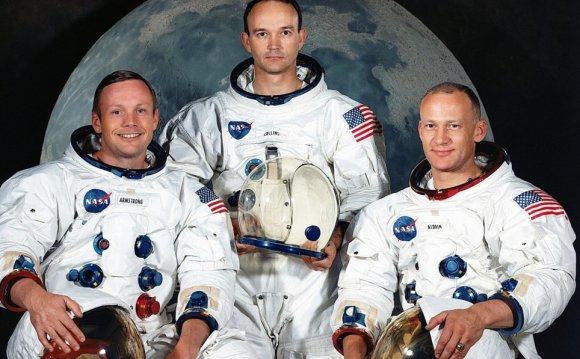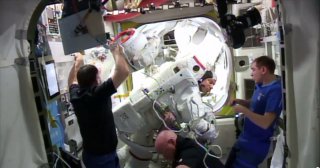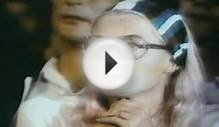
 Neil Armstrong sits in the lunar module after a historic moonwalk.
Neil Armstrong sits in the lunar module after a historic moonwalk.
Neil A. Armstrong was a NASA astronaut and the first man on the moon or, more accurately, the first man to set foot on the moon. He was also an accomplished test pilot and a figure so large in American and world history that you can bet many generations from now people will still be talking about him, as well as his moon landing.
Editor's Note: Neil Armstrong died on Aug. 25, 2012. He was 82. One year after his death, NASA recalled the iconic astronaut's legacy in a video tribute.
Here are some frequently asked questions about him:
Who was Neil Armstrong? He is best known as being the first man to step on the moon (fellow astronaut Buzz Aldrin arrived at the moon at the same time, but was the second man to actually set foot on the lunar surface). Since Armstrong was the mission’s pilot, it’s also said that he was the first person to land a craft on the moon.
Where was Neil Armstrong from? He was born in Wapakoneta, Ohio, on Aug. 5, 1930. His parents were Stephen Koenig Armstrong and Viola Louise Engel.
What mission did Armstrong fly to the moon? Apollo 11 was the name of the first manned lunar landing mission.
 When was the first moon landing? Apollo 11 touched down on the lunar surface on July 20, 1969. That was more than eight years after President John F. Kennedy gave his historic speech in which he said, “First, I believe that this nation should commit itself to achieving the goal, before this decade is out, of landing a man on the moon and returning him safely to the Earth.”
When was the first moon landing? Apollo 11 touched down on the lunar surface on July 20, 1969. That was more than eight years after President John F. Kennedy gave his historic speech in which he said, “First, I believe that this nation should commit itself to achieving the goal, before this decade is out, of landing a man on the moon and returning him safely to the Earth.”
Who was the first person in space? Cosmonaut Yuri Gagarin orbited Earth on April 12, 1961, giving the Soviet Union a big victory in its Cold War space race against the United States. [Giant Leaps: Top Milestones of Human Spaceflight]
NASA test pilot Neil Armstrong is seen here next to the X-15 ship #1 after a research flight.
Credit: NASAOther facts in the history of Armstrong’s career:
- Armstrong was a naval aviator from 1949 to 1952. He served in the Korean War.
- Well before he made spaceflight history, Armstrong got a bachelor of science degree in Aeronautical Engineering from Purdue University in 1955 (later, he received a master of science in Aerospace Engineering from the University of Southern California in 1970.)
- As a NASA test pilot, Armstrong flew the X-15, a rocket-powered, missile-shaped aircraft that tested the limits of high-altitude flight. He flew more than 200 different aircraft, from jets to gliders and even helicopters.
- Armstrong was the pilot of the Gemini 8 mission, launched March 16, 1966. He performed the first successful docking of two vehicles in space (Gemini 8 docked with a previously launched Agena rocket).
- After his time as an astronaut, Armstrong was Deputy Associate Administrator for Aeronautics at NASA Headquarters.
- From 1971-1979, he was Professor of Aerospace Engineering at the University of Cincinnati.
- From 1982-1992, Armstrong was chairman of Computing Technologies for Aviation, Inc., Charlottesville, Va.
RELATED VIDEO




 A moon landing is the arrival of a spacecraft on the surface of the Moon. This includes both manned and unmanned (robotic) missions. The first human-made object to reach the surface of the Moon was the Soviet Union's Luna 2 mission on 13 September 1959. The United...
A moon landing is the arrival of a spacecraft on the surface of the Moon. This includes both manned and unmanned (robotic) missions. The first human-made object to reach the surface of the Moon was the Soviet Union's Luna 2 mission on 13 September 1959. The United...








